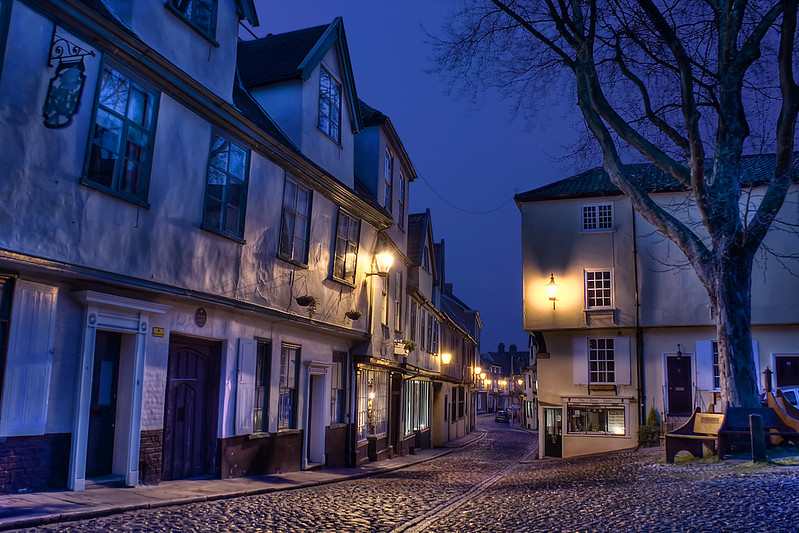I like big architecture
its all very well sitting there in your office pointing your camera at yourself and then painting shadows and highlights all over your face, but sometimes you might need to get out into the real world and turn your camera around to look through it, rather than looking at it. and what better place to do that than in a place where you are surrounded by lots of shiny new architecture like the new terminal 5 building at Heathrow airport where there is the most shiniest and most enormous bits of architecture I’ve come across recently. I mean, I rather like big shiny bits of architecture with walls of glass and unfeasably large skeletons, but there are only so many times you can stand in front of the Forum in Norwich getting the reflection of St Peter Mancroft over someone from the BBC eating dough balls with a Chianti at lunchtime.
one of the reasons I like photographing big architecture, especially modern, Richard Rogers style architecture, is that it often lends itself very well to post-processing of the style you might inadvertently call post-modern-urban-apocalyptic-galvanised, or, um, shiny. and that’s the kind of post-processing I like to do, most often with my own face, which, in its own way, is a kind of post-modern apocalypse anyway and is often quite shiny, but in general, works better with loads of glass. and metal. so when I was lucky enough to be British Airways-bound for Colorado via terminal 5, for a user experience summit with a twist, I wasn’t going to miss the chance to fill up my memory card with geometric shapes and reflections the size of Norfolk. in fact, I got there over 3 hours early, which, after a 4 hours National Express coach ride on the 727 is the minimum recovery time before a 9 hour journey in economy, armed with 2 cameras, a home-made sandwich, and the sun even came out. a bit.
the nice thing about terminal 5, it seems, is that you can actually take a dslr out and point it at things without fear of incarceration. the most interesting shots were to found on the outside of the building, landside, so probably not too much to worry about, but I was also able to wander freely within the terminal after security, airside, taking really rather pointless photos of concrete and aircraft noses and the occasional departure board. the most interesting bit, however, was the largest escalator I have ever seen, which transported down to the transit to take you from terminal a to terminal b. this wasn’t just a large escalator, this was an escalator with its own vanishing point and although I was unsuccessful in getting a perspective view down from top to bottom, or from bottom to top, that was worth using, I did catch some of it in this rather nice overlap of escalators, elevators, staircases, suspended walkways and other shiny stuff, just before heading to the transit. you can just about make out the people crammed into the glass elevator, which, right after I took this photo, crashed through the roof and landed in a chocolate factory.
incidentally, although I had meant it to be the point of what I was writing but as usual lapsed into something completely different. I used a number of things to process this photo, but it was a combination of Topaz, Photomatix, Photoshop adjustment filters and a fair amount of painting things with a brush, which I really need a tablet to do properly, and not the kind of tablet that gets rid of the headache I’m giving myself.


